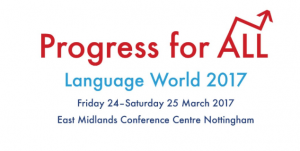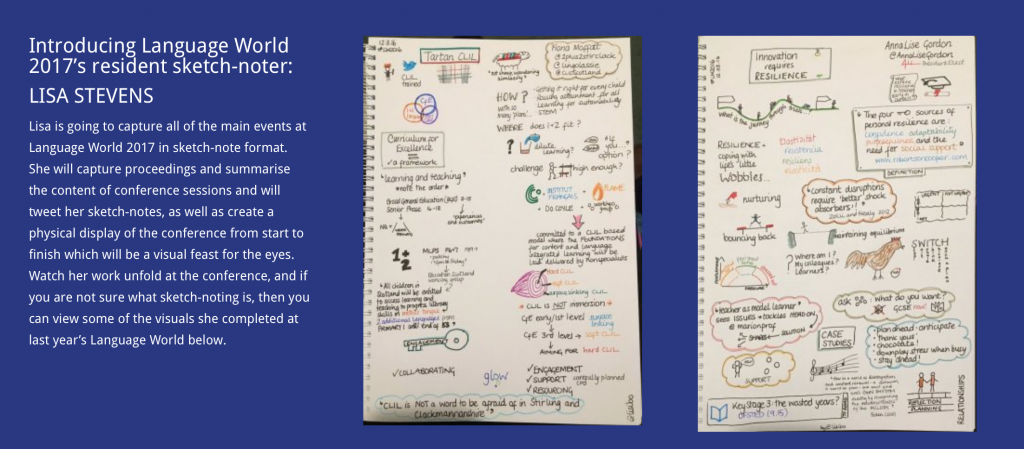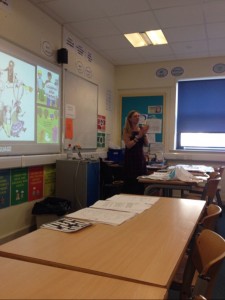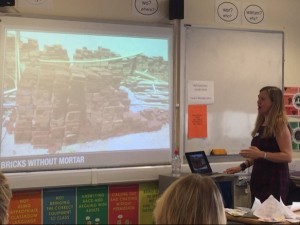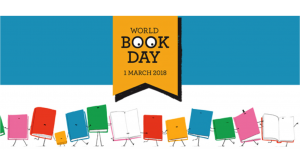 With World Book Day (#WBD) approaching next week on March 1st, I’ve been having a think over the last few days about what I’ll be doing with the classes I teach on Thursday. Last year we explored the Mr Men and Little Miss characters in Spanish as our focus at school was on illustrators. The previous year we looked at La maravillosa medicine de Jorge – you can find out about it in this post.
With World Book Day (#WBD) approaching next week on March 1st, I’ve been having a think over the last few days about what I’ll be doing with the classes I teach on Thursday. Last year we explored the Mr Men and Little Miss characters in Spanish as our focus at school was on illustrators. The previous year we looked at La maravillosa medicine de Jorge – you can find out about it in this post.
I had a look through my bookcases (yes, I have more than one as I have so many books!) and realised that, amongst my collection, I have a number of books about books!
The first isn’t Spanish but as I’ll probably be dressed as Heidi I might just start with this German gem.
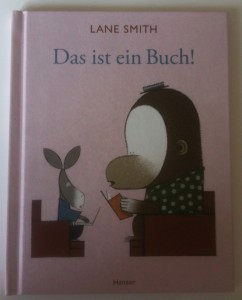 Das ist ein Buch
Das ist ein Buch
I’ve shared Das ist ein Buch before but it is one of my favourites! In English it’s called It’s a book, and in it, Esel (Donkey) has obviously not seen a book before and wonders if it texts, needs wifi or Tweets; Affe (Monkey) patiently replies Nein, das ist ein Buch until he decides that it would be best to let Esel read the book …
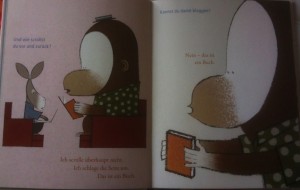
ISBN: 978-3-446-23937-1 Link to buy
Now to the Spanish ones:
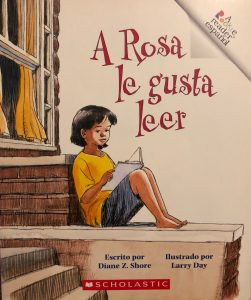 A Rosa le gusta leer.
A Rosa le gusta leer.
This is a short reader style book with short phrases on each page, containing 49 Spanish words that are listed at the end. It’s about a girl called Rosa who, as the title suggests, likes reading. However, her neighbourhood is very noisy and it’s hard to concentrate…
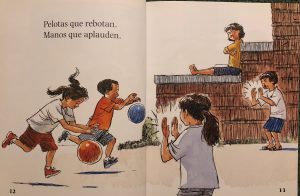
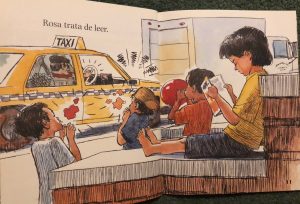
ISBN 0-516-24698-4 Link to buy

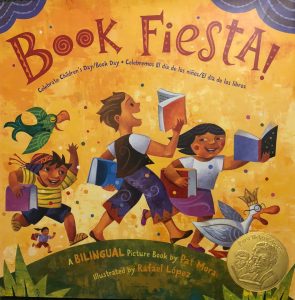 Book Fiesta
Book Fiesta
This is a bi-lingual book, a celebration of Children’s Day/Book Day that is held on April 30th in Mexico. It’s all about reading our favourite books, the languages in which we read, with whom we might read and where we go to read, in reality and in our imaginations. It’s a colourfully illustrated book and can be read in Spanish or English, depending on your audience.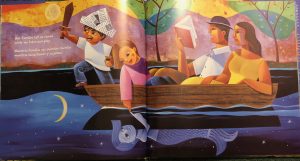
ISBN 978-0-06-128877-7 Link to buy

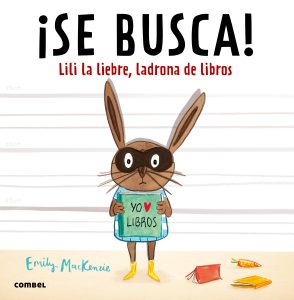 ¡Se busca! Lili la liebre, ladrona de libros
¡Se busca! Lili la liebre, ladrona de libros
I love this book about a hare who loves books so much that she can’t stop reading. She starts visiting houses to read books, and one thing leads to another and she starts to steal them! When she starts stealing the books from a boy called Arturo, she runs into trouble as he is as big a fan of books as she is. What will happen? You’ll have to read the book and find out. I love the humorous illustrations, particularly of Lili’s favourite books. 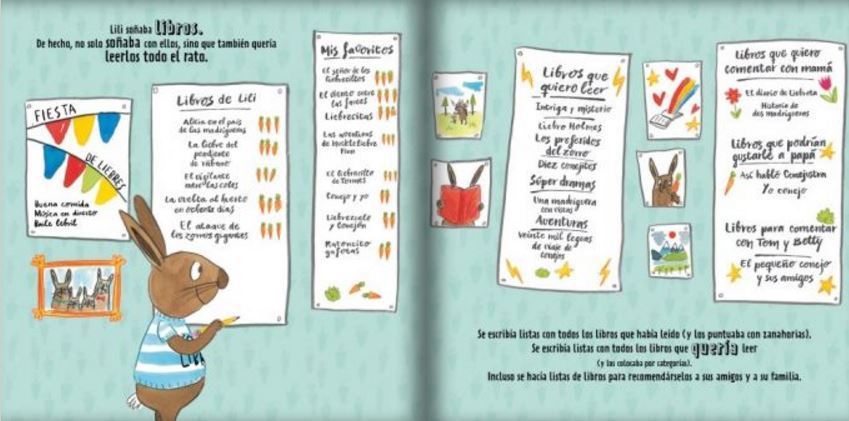
ISBN 978-84-9101-044-9 Link to buy

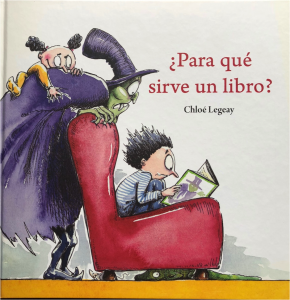 ¿Para qué sirve un libro?
¿Para qué sirve un libro?
I bought this book in Spain last year and forgot I had it (I told you I’ve got a lot of books!) but when I rediscovered it, I remembered why I’d bought it! Each double page has a sentence about what a book is for or what it does, very simply phrased as ‘Un libro es…’ or ‘Un libro puede…’ or ‘ En un libro puedes…’ and I’m planning on using it as the basis for an activity where pupils match the English and Spanish phrases, then make up their own ideas.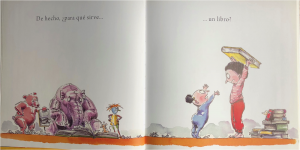
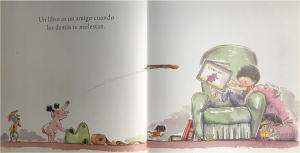
ISBN – 978-84-16490-27-1 Link to buy
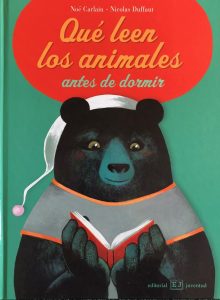 Qué leen los animales antes de dormir
Qué leen los animales antes de dormir
My final book arrived this morning and I love it! It’s all about different animals and the types of books that they read. It’s humorous and has some very clever puns that I love. Some are accessible to beginners with a clue or two whilst some are a little more obscure. I’m looking forward to sharing this with my classes and seeing if they can guess which animal reads which type of book.
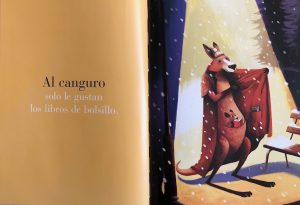
ISBN 978-8426138446 Link to buy (Although I bought the last one – sorry!)

When I’ve finished my plans and finalised my resources, I’ll share them here (although I won’t be able to share my images of the stories unless you own the books)
I’ve made a Pinterest board of all the links I’ve gathered for #WBD and, whilst I was looking at a link to materials related to ¡Se busca! Lili la liebre, ladrona de libros, I came across a board called Libros que hablan de libros that has more ideas of books about books. And also reminded me that I have another book about books – Regalo Sorpresa (link to buy)
Perhaps you have some suggestions to add in the comments below? And please share your ideas for World Book Day too!
SaveSave
SaveSave

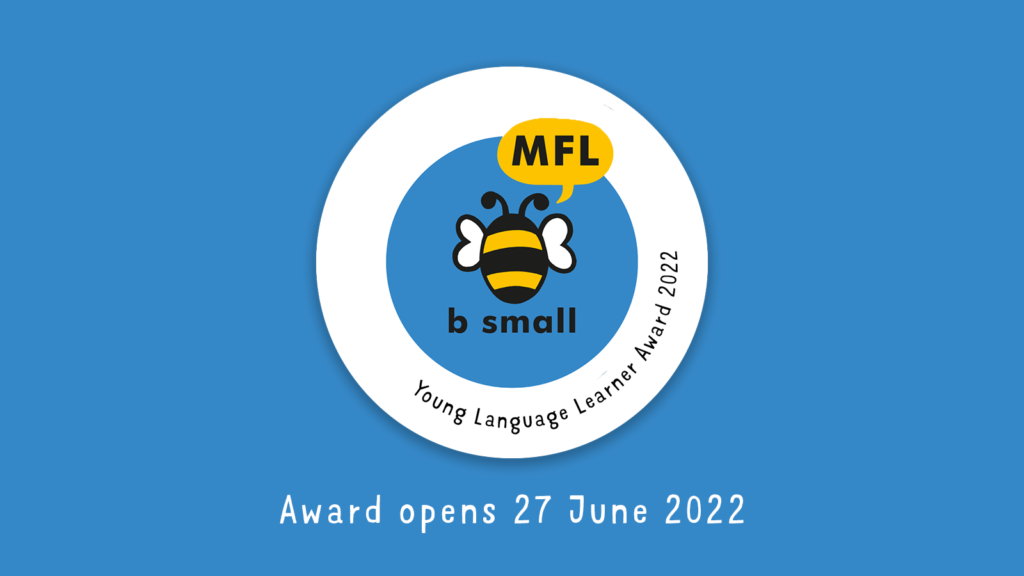
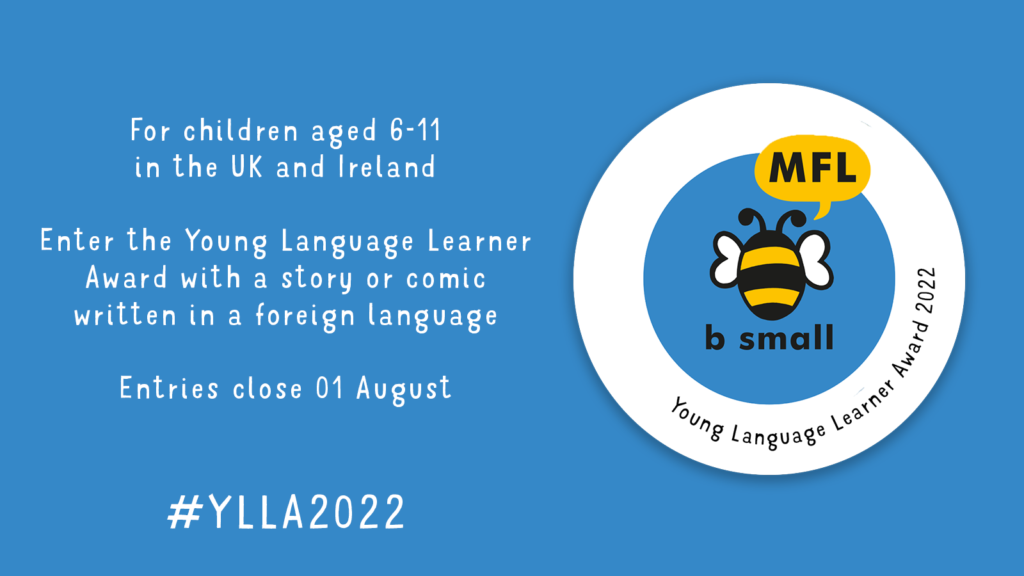




 A Rosa le gusta leer.
A Rosa le gusta leer.

 Book Fiesta
Book Fiesta







